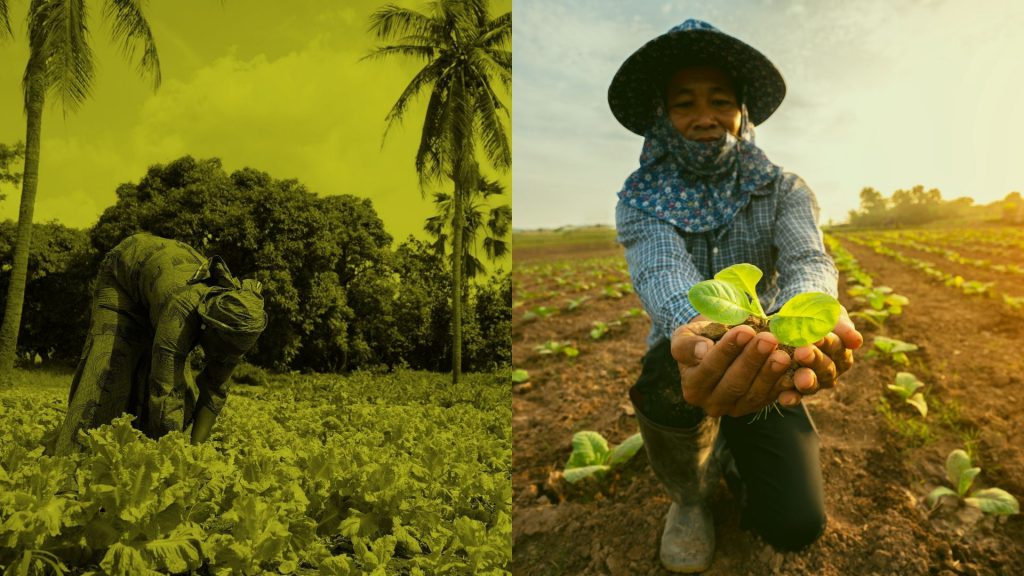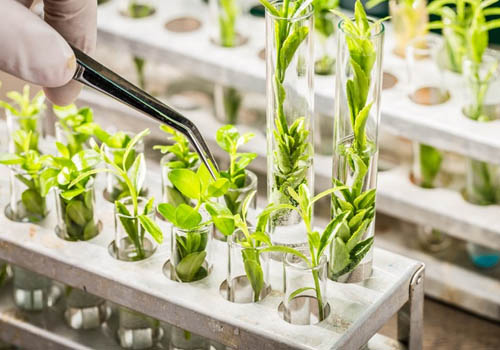In a recent Agricultural Outlook, the OECD highlights the relevance of plant breeding innovations for raising agricultural production while remaining within planetary boundaries such as land use. According to the OECD, higher crop production is expected mostly through improved yields.
It also flags that providing farmers with access to breeding innovation remains a challenge, based on the Access to Seeds Index estimate that ‘the 13 leading global seed companiestogether reach no more than 10% of the world’s 500 million small farms’.
Link to OECD Agricultural Outlook
Text of the box ‘innovations in plant breeding’ is also published below.
Innovations in plant breeding
Since the Green Revolution, plant breeding innovations such as semi-dwarf wheat and rice varieties and new genetic sources of pest and disease resistance have greatly improved the yield, quality and resilience of agricultural crops. New innovations in plant breeding have emerged in recent years and can help meet these continuing needs.
A first innovation is the extension of hybridisation to more species. When two inbred lines are crossed, the resulting seed has increased vigour, yield and yield stability, a phenomenon known as heterosis. In the past, hybridisation was only feasible for a few crops, notably maize. New techniques now enable the development of hybrid varieties for wheat and rice, among others. For instance, work is underway on wheat hybrids that are less vulnerable to changes in climatic conditions. Recent work on a Japonica rice hybrid also aims to deliver hybrid plants that produce cloned seeds, which could reduce seed production costs and encourage the uptake of new varieties by farmers.1
Traditional breeding requires vast numbers of plants over many years to select improvedvarieties. Recent ‘genomic selection’ techniques use computational models and molecularmarkers to predict and identify when certain genes are expressed, thereby improving the efficiency of selection. Genomics can also be used to explore the presence of beneficial genes in underexploited gene banks.2
Even newer techniques such as CRISPR can generate targeted mutations quickly and easily, and can therefore be used to speed up the development of useful agronomic traits.3Researchers recently used such techniques to create a wheat variety resistant to powdery mildew (a fungal pest). CRISPR is also being used to speed up the introduction of viral resistance in plants.
In several important crops such as soybeans, rice and wheat, the photosynthesis process is relatively inefficient, limiting plant growth. Researchers have recently used genetic engineering to change the photosynthesis process in tobacco (chosen as a model species as it is easy to modify). This resulted in 41% more biomass, which suggests that important yield gains could be possible in important food crops as well.4
But such developments in the lab are only the first step in a long journey to the farm. New characteristics need to be available in high performing varieties that are generally well adapted to the agro-ecological region where they will be grown. This requires breeding, multiplication and distribution infrastructure for finished varieties. This, in turn, requires the trusted provision of authentic, traceable, high-quality seed typically ensured through variety registration, seed certification and royalty collection schemes. The OECD Seed Schemes forms a key part of the international regulatory framework that ensures that high quality seed reaches farmers.5 Expanding the access to breeding innovation for farmers also remains a challenge. Estimates indicate that the 13 leading global seed companiestogether reach no more than 10% of the world’s 500 million small farms.6 Hence, the innovations listed here may not immediately show up in farmers’ fields; but they are of promising long-term potential nonetheless.
1. Khanday et al. (2019), “A male-expressed rice embryogenic trigger redirected for asexual propagationthrough seeds,” Nature 565, 91-95.
2. Yu et al. (2016) “Genomic prediction contributing to a promising global strategy to turbocharge gene banks,”Nature Plants 2, 1-7.3. Schaart, J. et al. (2015), “Opportunities of New Plant Breeding Techniques,” Wageningen University and Research, http://edepot.wur.nl/357723.
4. South et al. (2019) “Synthetic glycolate metabolism pathways stimulate crop growth and productivity in the field,” Science 363, 6422.5. See http://www.oecd.org/agriculture/seeds/
6. Access to Seeds Index, https://www.accesstoseeds.org/.





